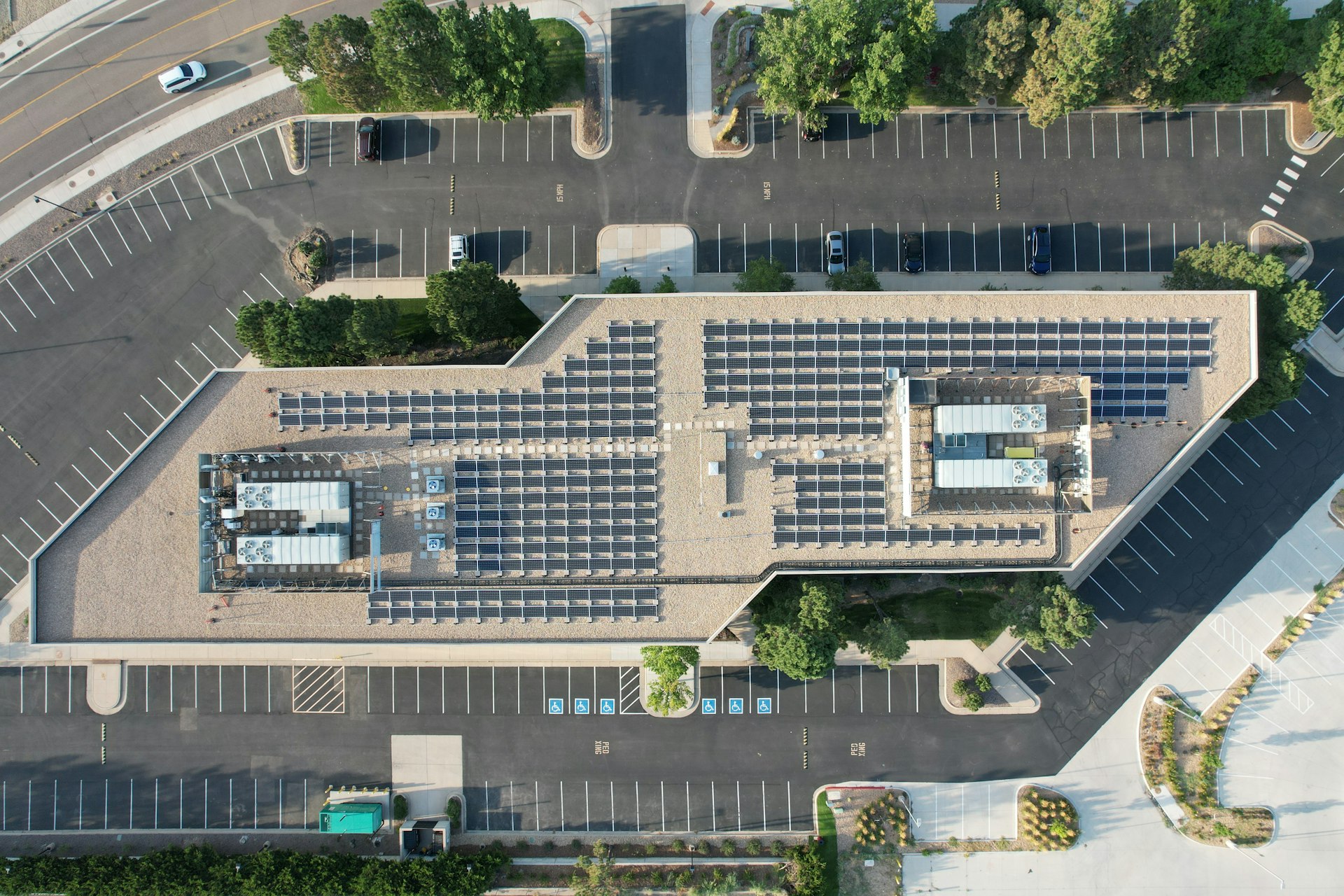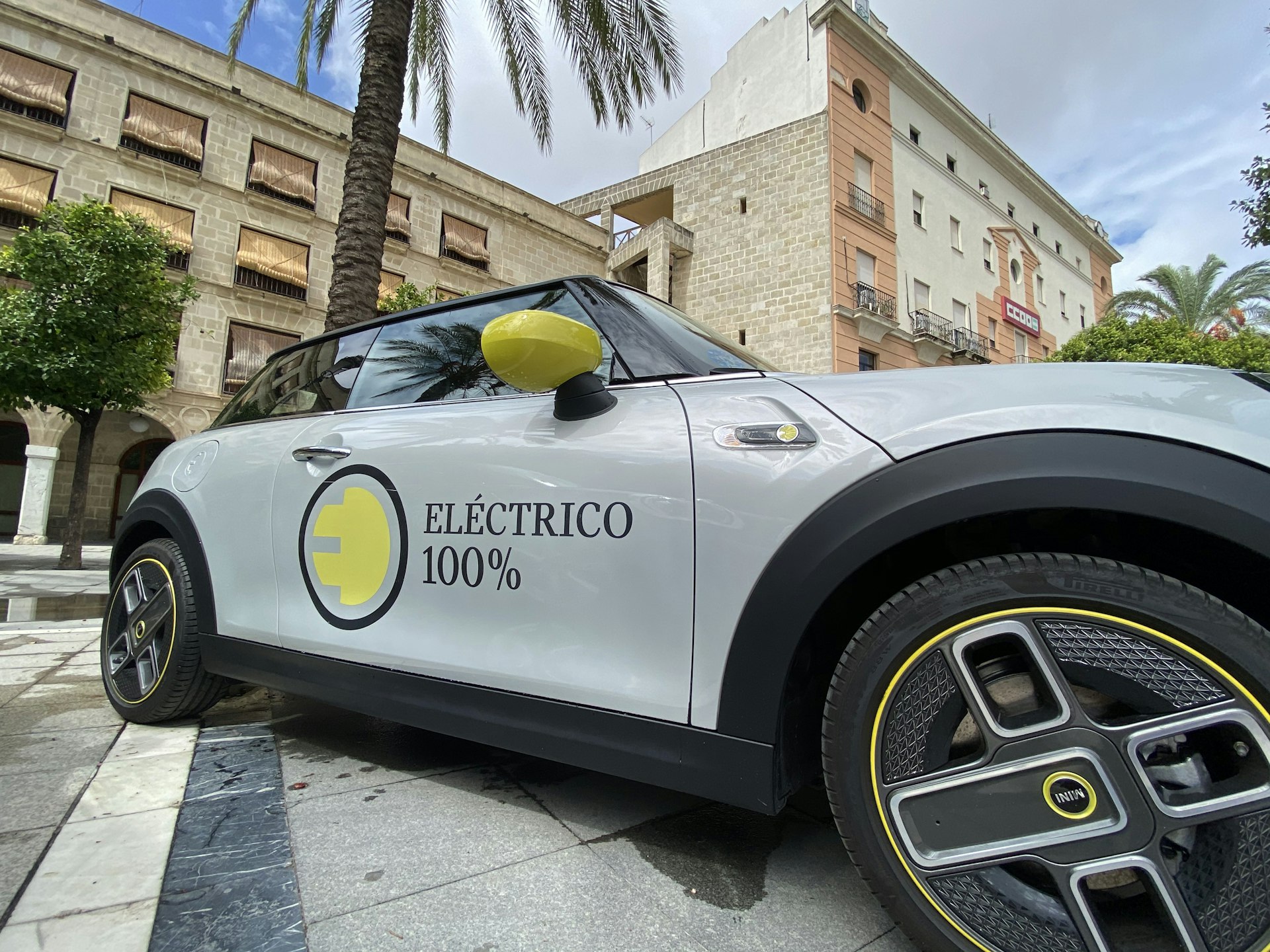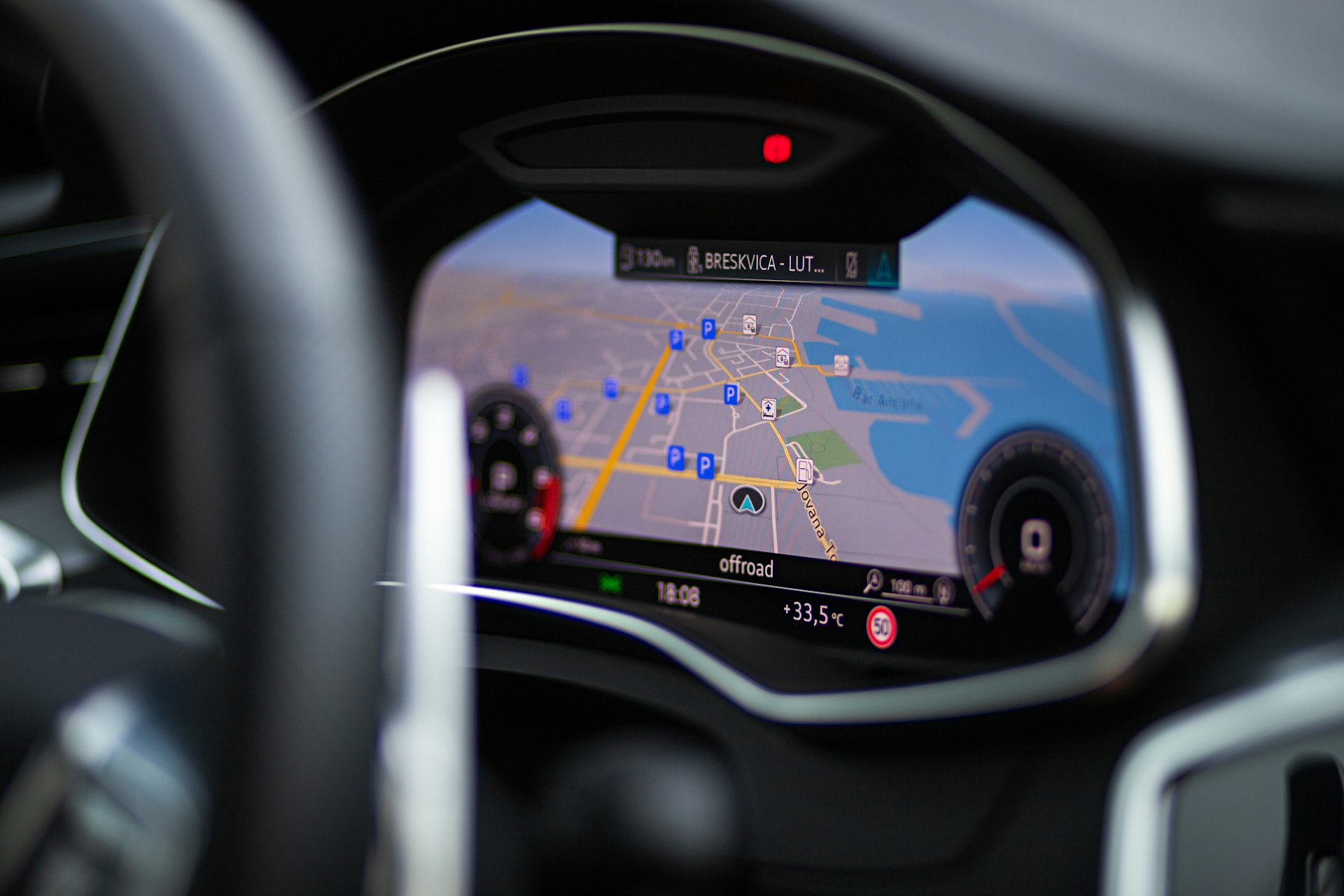How Climate Policies Are Driving-and Challenging-Automotive Innovation

Photo by Pavel Keyzik on Unsplash
Introduction
Climate policies are transforming the global automotive sector. As governments introduce stricter emissions standards and incentives for clean technologies, automakers are compelled to innovate-developing electric, hybrid, and more fuel-efficient vehicles. This shift brings opportunities and challenges: while regulation accelerates technological progress, it also sparks resistance and requires careful navigation of market, policy, and infrastructure realities. Understanding the real-world impact of these policies is key for industry leaders, policymakers, and consumers alike.
The Role of Climate Policy in Automotive Innovation
Regulatory action has been a primary driver of innovation in the automotive sector. By setting ambitious emissions and fuel efficiency targets , governments force the industry to invest in new technologies. According to experts, high emissions standards directly foster the development of advanced vehicle features, including electronics and lightweight materials. These so-called “technology-forcing regulations” have historically resulted in safer, cleaner, and more efficient vehicles. Notably, the push for electric vehicles (EVs) and autonomous features can be traced back in part to regulatory requirements for lower emissions and improved safety [4] .
For instance, the Biden-Harris Administration’s recent pollution standards are projected to cut over seven billion tons of climate pollution, boost air quality, and save American drivers thousands of dollars over a vehicle’s lifetime. These rules are designed to offer market certainty, stimulate private investment, and create jobs, while also advancing a clean transportation future [2] .
How Automakers Respond to Regulatory Pressure
Automakers’ responses to climate policy are complex and often mixed. While many companies publicly support climate goals and invest in cleaner technologies, industry associations have sometimes lobbied to water down ambitious regulations. According to recent analyses, most major automakers-excluding a few like Tesla-have engaged in at least some negative lobbying against climate-related policies. This resistance can slow progress, but history suggests such opposition often fades as new technologies prove viable and cost-effective [1] [3] .
Recent cases include the weakening of Australia’s New Vehicle Efficiency Standards and US greenhouse gas emission standards after industry lobbying. Trade groups such as the Alliance for Automotive Innovation have played a role in advocating for less stringent measures. However, some companies are distancing themselves from these efforts; for example, Ford exited the Engine Manufacturers Association to better align with its climate commitments [3] .
Key Areas of Innovation Driven by Policy
Climate policies have accelerated several major innovation trends in the automotive sector:
- Electric vehicle development: Government regulations and incentives have led to an explosion in EV models. Today, U.S. automakers offer more than 125 different models of plug-in hybrids, fully electric, and fuel-cell vehicles, catering to a broad range of consumers [5] .
- Fuel economy and efficiency: Regulatory targets have pushed average fuel economy to record highs, with many vehicles now achieving over 40 miles per gallon. These gains result in tangible consumer benefits, including lower fuel costs and reduced emissions [5] .
- Advanced materials and safety: Emissions and safety standards have motivated the use of lighter, more durable materials, as well as the integration of sensors and computer controls that lay the groundwork for self-driving technologies [4] .
Implementation Guidance: How Stakeholders Can Respond and Benefit
If you are a business leader, policymaker, or consumer seeking to respond to or benefit from climate-driven automotive innovation, consider the following steps:

Photo by Unma Desai on Unsplash
For Industry Leaders:
- Stay informed of local, national, and international climate regulations affecting vehicle design, manufacturing, and sales.
- Align your company’s advocacy efforts with long-term policy trends by supporting science-based standards and sustainable innovation. This can mitigate the risk of misalignment between your business and emerging regulatory frameworks.
- Invest in R&D for electric vehicle technology, battery systems, and energy-efficient manufacturing. Access to government grants and incentives may be available through official government departments; you can search for “Department of Energy vehicle innovation grants” or visit the Department of Energy’s official site for updates.
- Foster partnerships with supply chain and technology providers to ensure readiness for future standards and market demand.
For Policymakers:
- Engage with industry stakeholders to design policies that are ambitious yet feasible, minimizing unintended negative impacts while maximizing innovation incentives.
- Ensure transparency and public accountability when considering industry lobbying. Review recent reports from organizations such as InfluenceMap or Ceres for insight into lobbying activities and their effects.
- Promote infrastructure investment-such as charging networks-to support widespread adoption of clean vehicles. Funding opportunities and guidance may be available through federal agencies; search for “federal EV infrastructure grants” via the U.S. Department of Transportation or Department of Energy’s official websites.
For Consumers:
- Take advantage of incentives for purchasing electric or highly fuel-efficient vehicles. These may include federal tax credits, state-level rebates, or utility-based programs. You can find up-to-date information about available incentives by searching for “federal EV tax credits” or visiting the U.S. Department of Energy’s official Alternative Fuels Data Center.
- Consider total cost of ownership. New standards often lead to lower fuel and maintenance costs over time, with the EPA estimating average lifetime savings of around $6,000 for vehicles meeting the latest standards [2] .
- Stay informed about new vehicle models and technologies by consulting reputable industry resources, consumer guides, and automaker websites.
Challenges and Alternative Approaches
While climate policies spark innovation, they also introduce challenges:
- Industry resistance: Negative lobbying can slow regulatory progress and create uncertainty. Overcoming this requires persistent policy engagement and public accountability [1] .
- Supply chain adaptation: Meeting new standards may require extensive changes in component sourcing and manufacturing processes. Industry leaders can mitigate risk by investing in local supply chains and workforce training.
- Consumer adoption: Transitioning the market to cleaner vehicles takes time. Infrastructure gaps, upfront costs, and consumer awareness remain barriers. Policymakers and companies can address these issues through targeted incentives, education campaigns, and infrastructure investments.
Alternative approaches include focusing on hybrid technologies as a bridge, investing in clean fuels or hydrogen, and prioritizing public transit and mobility solutions alongside private vehicle innovation.
Key Takeaways
Climate policies have a profound impact on automotive innovation, driving the development of cleaner, safer, and smarter vehicles. While resistance from some industry segments continues, the long-term trajectory is clear: regulatory action paired with public and private investment is setting the stage for a more sustainable transportation sector. Stakeholders can respond proactively by staying informed, leveraging available programs and incentives, and supporting policies that align with science-based climate goals.
References
- [1] InfluenceMap (2024). Analysis of automaker lobbying and its impact on climate policy and EV transition.
- [2] U.S. Environmental Protection Agency (2024). Announcement of strongest-ever pollution standards for cars and their projected impacts.
- [3] Ceres (2023). Benchmark analysis of automotive industry climate policy advocacy.
- [4] Columbia Climate School (2023). The impact of regulation on automobile innovation.
- [5] Alliance for Automotive Innovation (2024). Industry commitment to energy and environmental innovation.
MORE FROM promospotlight.com













